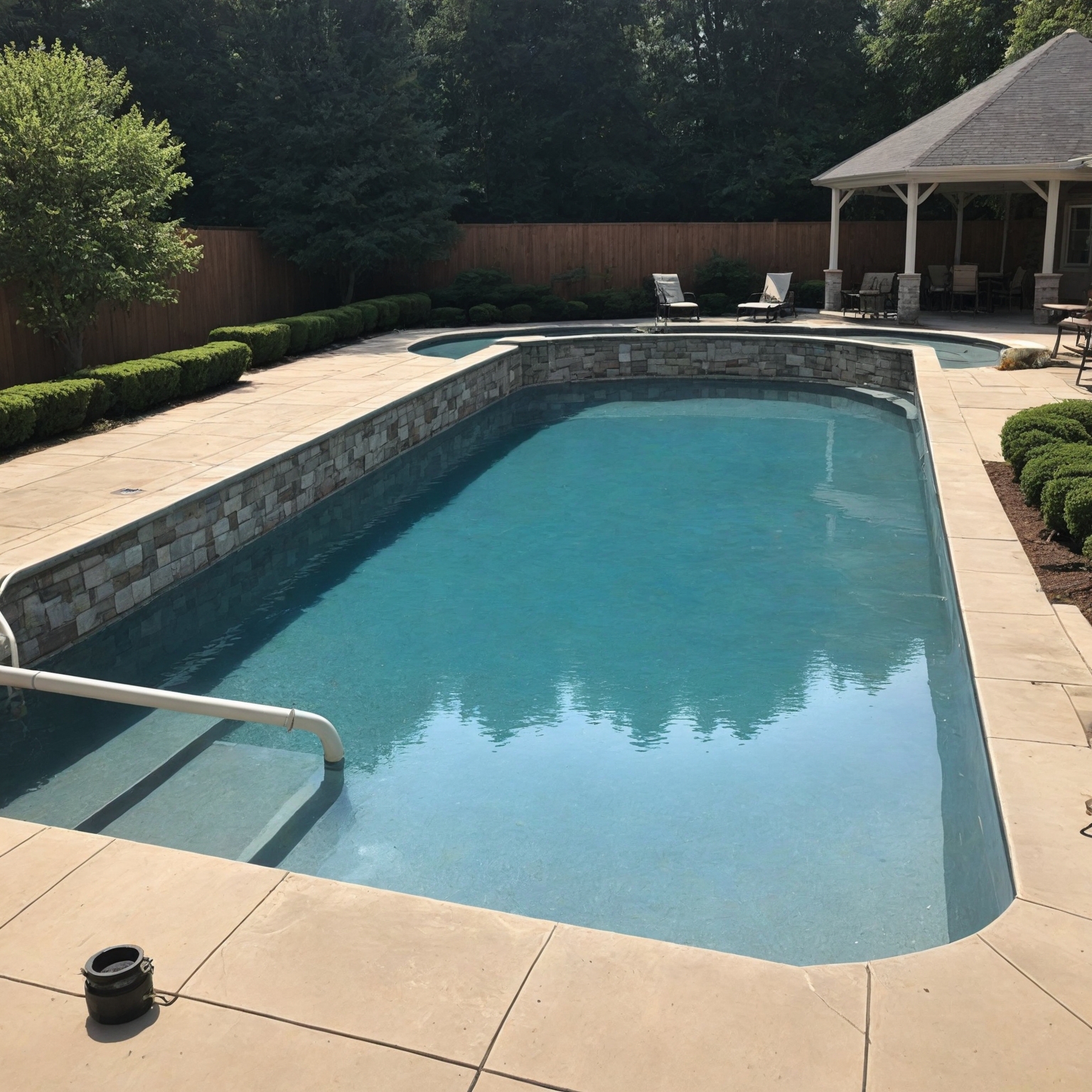Introduction
In the area of holding a pool, leaks are not an uncommon but achievable problem. Our comprehensive manual is designed to help you effectively perceive and fix common pool leaks. Whether you’re dealing with minor water leaks or extensive structural issues, our expert advice will ensure your pool stays in top condition. For Tennessee pool owners, seeking professional help can be crucial, and that’s where pool repairs in TN services come into play. With the right information and resources, you can tackle any fund challenge and ensure your financing stays fun and useful for years to come.
Signs of a Pool Leak
Unexplained Water Loss
One of the most obvious signs of a pool leak is a large drop in the water level. If your pool is losing more than 1/4 inch of water during the day, chances are you have a leak.
Wet Spots Around the Pool
Look for damp or wet areas around your pool, especially where the ground needs to be dry. These wet spots may indicate that water is leaking from your pool and saturating the surrounding soil.
Increased Water Bills
A sudden jump in your water bill can be a strong indicator of a leak. If you find that you’re topping up your pool too often, it’s time to investigate further.
Common Types of Pool Leaks
Structural Leaks
Structural leaks occur when there are cracks or defects within the pool shell. They can be caused by ground movement, age or negative construction.
Plumbing Leaks
Plumbing leaks were discovered inside pipes that flow water to and from the pool. They can be caused by corrosion, shifting of the floor or faulty installation.
Equipment Leaks
Leaks can also come from pool equipment, including the pump, drain, or heater. Regular protection and inspections can help catch these problems early.
How to Identify Pool Leaks
The Bucket Test
The bucket test is a simple way to determine if your pool is leaking. Follow these steps:
- Fill the bucket with pool water about an inch from the top.
- Place the bucket on the step to the pool and make sure the layers of water inside and outside the bucket are the same.
- Mark the water level in the bucket and the pool water level on the outside of the bucket.
- After 24 hours, evaluate 2 water levels. If the water level in the pool has dropped more than the water level in the bucket, there has been a leak.
Dye Test
The dye check allows pinpoint the exact vicinity of the leak. Follow those steps:
- Turn off the pool’s pump and look ahead to the water to end up still.
- Use a pool dye or meals coloring and release it near suspected leak areas (skimmers, lights, steps, and many others.).
- Observe the motion of the dye. If it receives sucked into a crack or hollow, you’ve got determined your leak.
Fixing Common Pool Leaks
Fixing Structural Leaks
- Drain the Pool: Lower the water level to below the leak.
- Clean the Area: Remove any debris or algae around the crack.
- Apply Epoxy or Sealant: Use a pool-safe epoxy or sealant to fill the crack. Follow the manufacturer’s instructions for the great outcomes.
- Allow to Cure: Let the sealant dry completely before refilling the pool.
Repairing Plumbing Leaks
- Locate the Leak: Use a pressure test to identify the leaking pipe.
- Excavate if Necessary: Carefully dig to expose the leaking pipe.
- Cut and Replace: Cut out the damaged part and update it with new pipe. Use PVC cement to stabilize the joints.
- Test and Backfill: Test the restore for leaks before masking the pipe with soil.
Addressing Equipment Leaks
- Inspect Equipment: Check the pump, clear out, heater, and other device for visible leaks.
- Tighten Connections: Ensure all fittings and connections are tight.
- Replace Seals and O-rings: Over time, seals and O-rings can come out. Replace any damaged or worn parts.
- Test for Leaks: Run the equipment and observe for any signs of leakage.
Preventative Maintenance
Regular Inspections
Carry out routine inspections of your pool and its equipment to catch potential problems early. Look for cracks, wear and any signs of water loss.
Professional Maintenance
By hiring a professional for daily maintenance, you can save time and ensure your pool stays leak-free. They can carry out thorough inspections and carry out the necessary maintenance.
Conclusion
Prompt detection and resolution of pool leaks is critical to maintaining a safe and exciting swimming environment. By following our complete guide, you can effectively identify and deal with unusual pool leaks, ensuring your pool remains in top condition for years to come.
